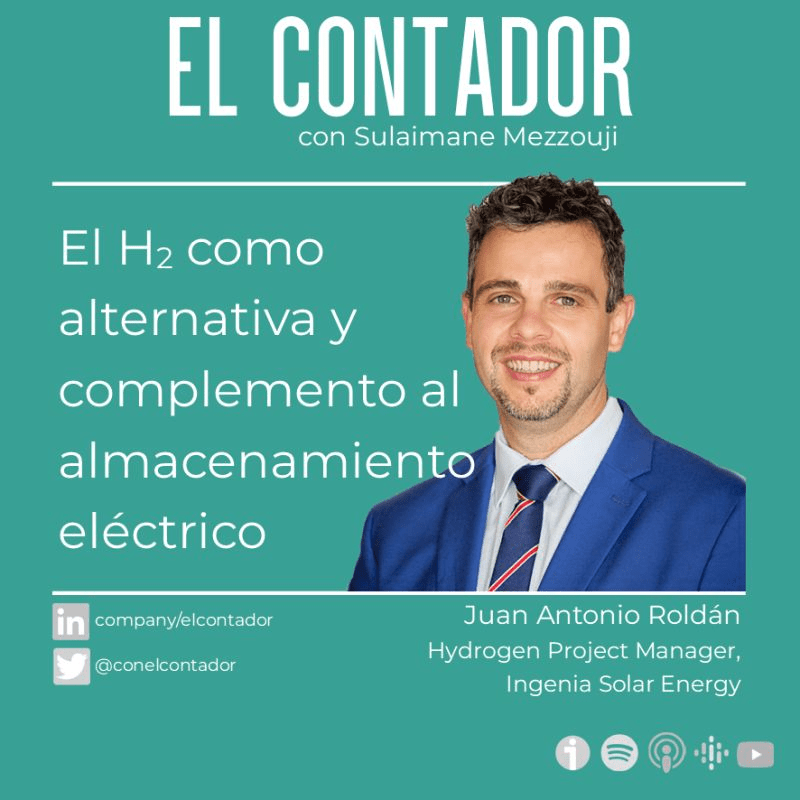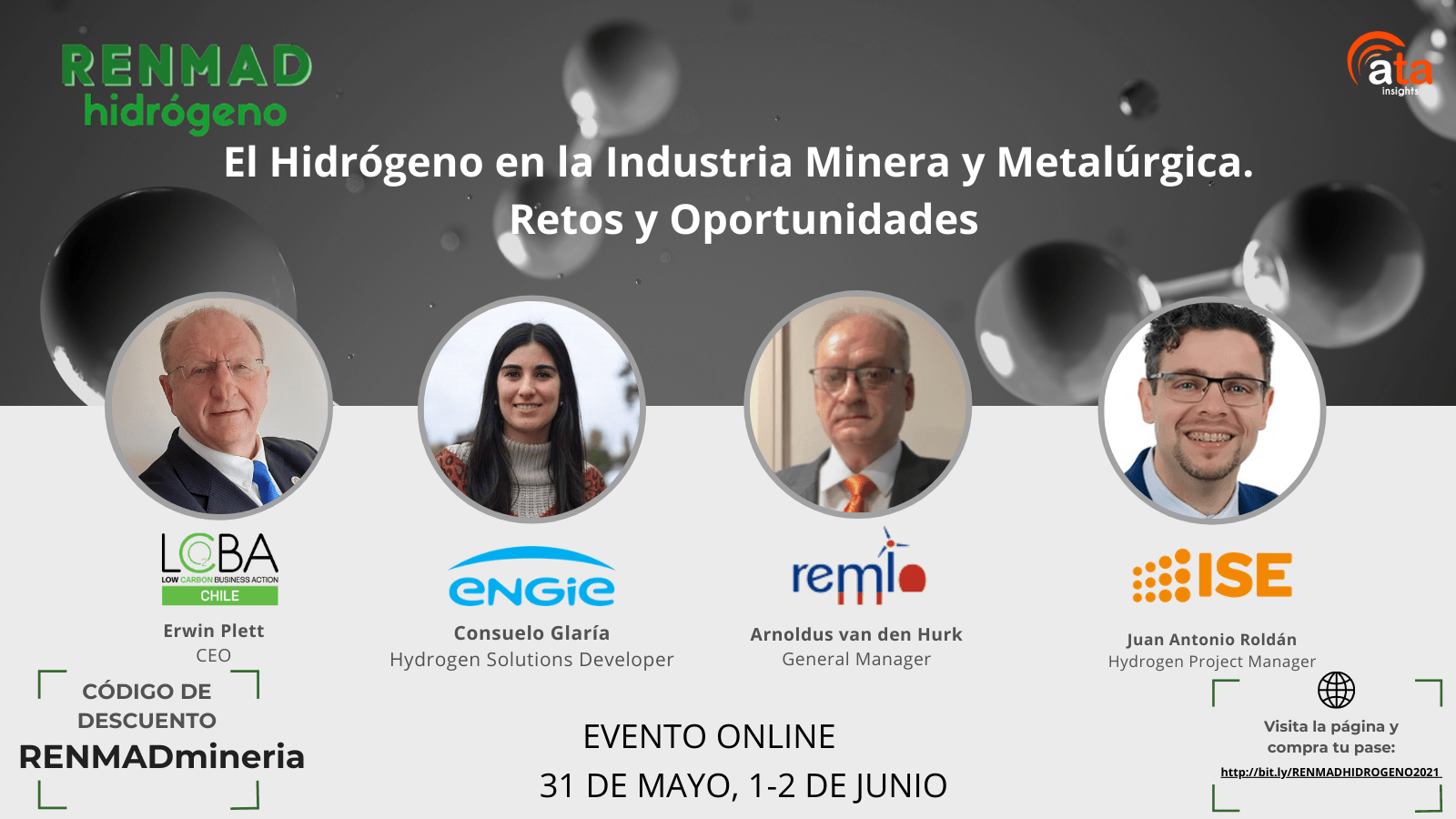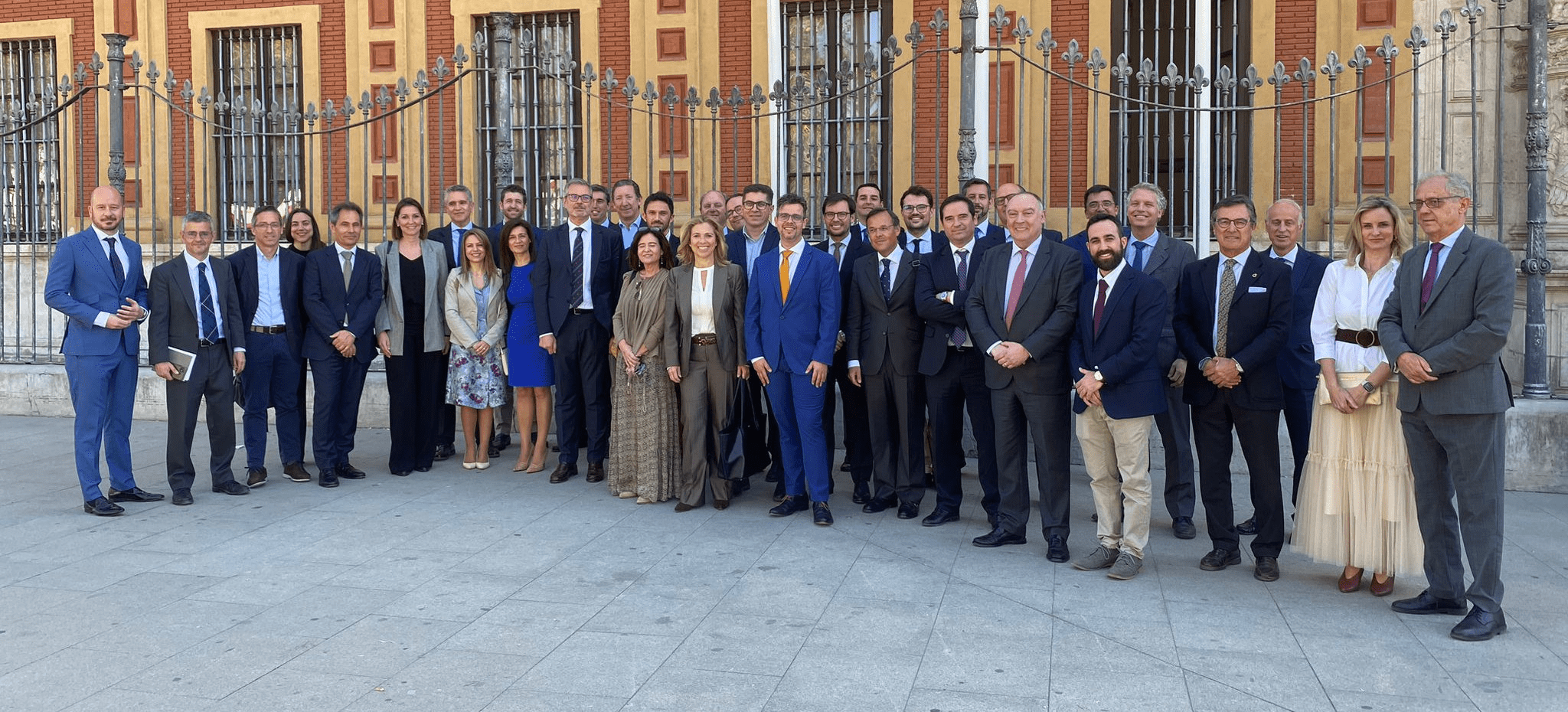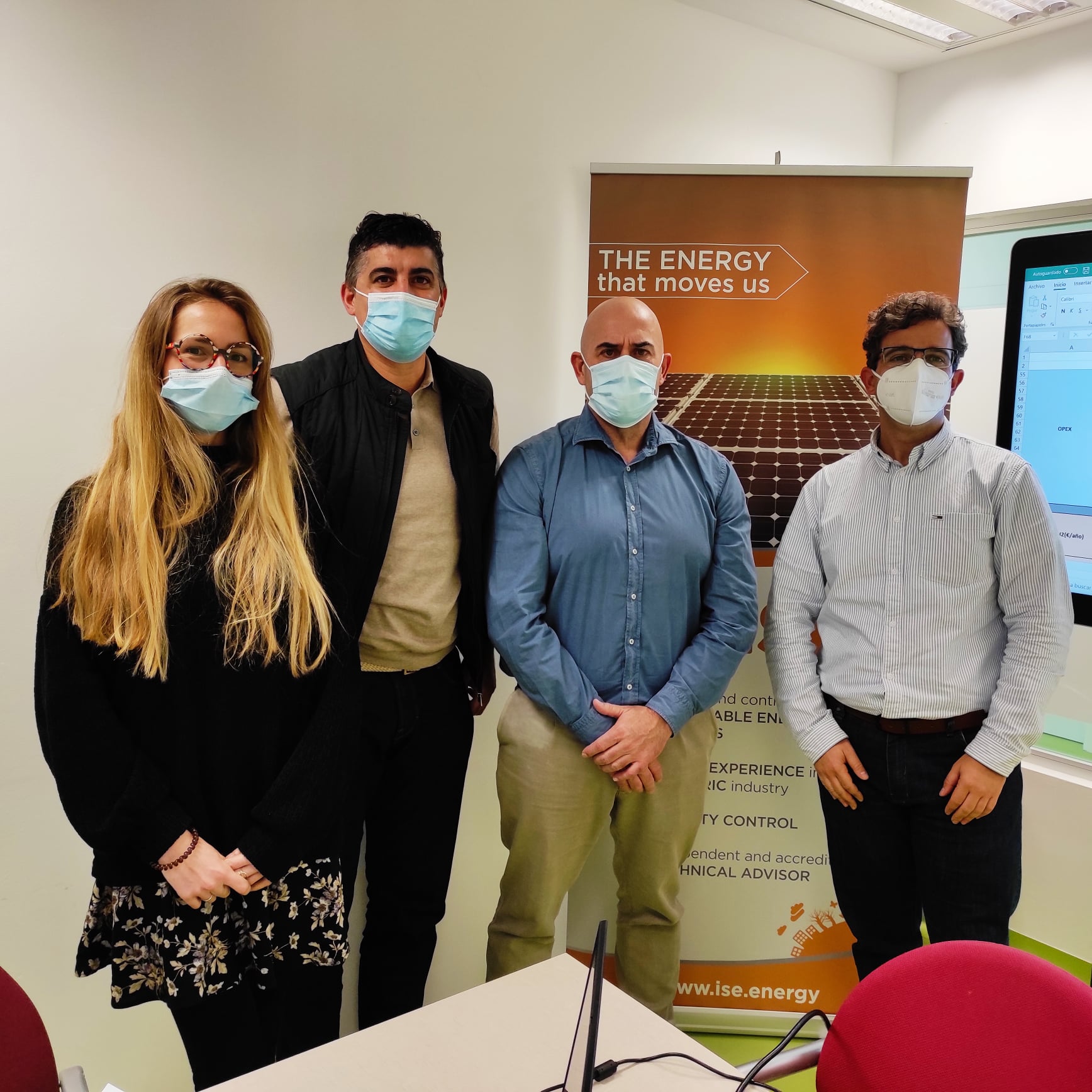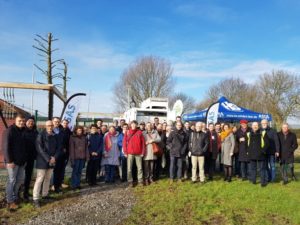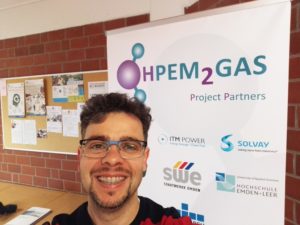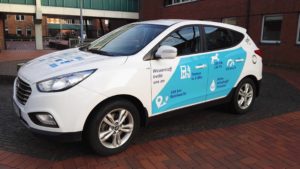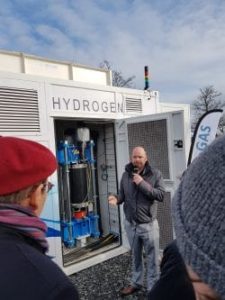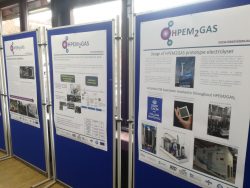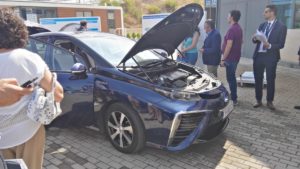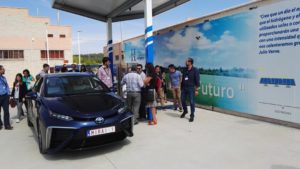The German Aerospace Centre has developed a hydrogen Intercity Vehicle with a range of 1,000 km.
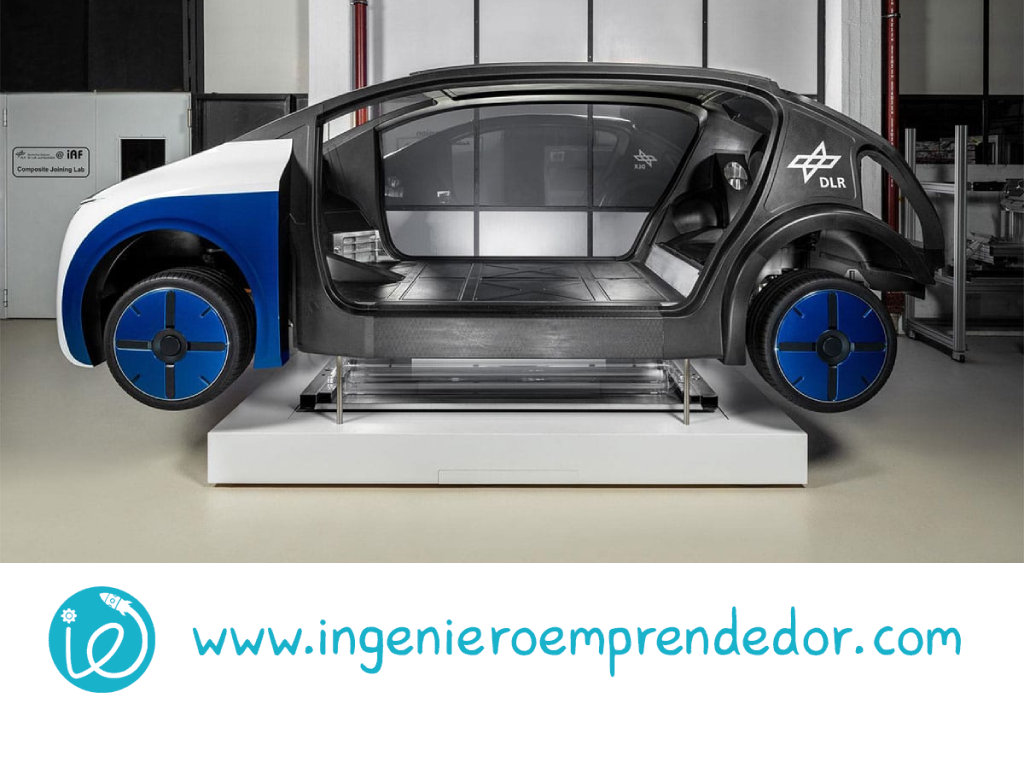
The German Aerospace Centre (DLR) has developed a hydrogen Intercity Vehicle (ICV) in cooperation with the University of Duisburg-Essen. The ICV is based on a standard underfloor vehicle platform, and is powered by an electric motor. The electric motor obtains its power from the hydrogen fuel cell that drives the car’s wheels.
The prototype, scheduled for completion in 2020 as part of the H2Mobility initiative (the national industry initiative for establishing hydrogen mobility), is designed as a future type of climate-friendly passenger transport for intercity travel and long distances. The prototype will also be used by DLR to test its research results, which include the conversion of renewable energy into hydrogen by means of electrolysis.
DLR is presenting the H2-Intercity Vehicle for the first time at the Aachen Colloquium Automotive and Engine Technology.
You can see the H2-Intercity Vehicle for yourself at the Aachen Colloquium Automotive and Engine Technology (24 to 26 September 2019).
The German Aerospace Centre (Deutsches Zentrum für Luft- und Raumfahrt; DLR) has developed a hydrogen Intercity Vehicle with a range of 1,000 kilometres. The goal was to use liquid hydrogen as an energy source to power a fuel cell in order to measure its suitability for long-distance uses such as interurban transport.
The research vehicle is being presented for the first time at the Aachen Colloquium Automotive and Engine Technology from 24 to 26 September 2019 in Aachen, Germany.
With a range of 1,000 km and a substantial CO2 reduction.
The vehicle can cover a distance of around 1,000 km, making it suitable for both long journeys and everyday use.
This makes it the first road-ready hydrogen-powered car in Europe with such a range. As a result, the entire fuel cell drivetrain is integrated into the vehicle structure; even the high pressure fuel tanks are safely stored inside the body of the car. A substantial reduction in CO2 emissions has been achieved through this collaboration between technology companies and universities; however, there’s still some way to go before these vehicles become as common as EVs.
DLR’s research includes the conversion of renewable energy into hydrogen by means of electrolysis.
The process you’re hearing about here is called electrolysis. It directly converts electricity and water into hydrogen. This is a key process for the production of “green” hydrogen, which is generated from renewable sources. As a result, it protects the climate, as it produces no CO2 emissions. At present, most of the world’s hydrogen is still produced from fossil fuels such as natural gas and coal, with a negative impact on the environment.
That’s why DLR researchers are working on new technologies for electrolytic hydrogen production: efficient and cost-effective methods for producing green energy from sunlight and wind power to generate electrolytic hydrogen in order to make climate-neutral mobility a reality in future.
The project is receiving funding from Germany’s Federal Ministry for Economic Affairs and Energy under its National Hydrogen and Fuel Cell Technology Innovation Programme (NIP).
Funding for the project is being provided by Germany’s Federal Ministry for Economic Affairs and Energy under its National Hydrogen and Fuel Cell Technology Innovation Programme (NIP).
“It is important that research projects are funded in order to help innovative technologies get started. Developments like these would not be possible if it weren’t for the support from funds such as the NIP,” says Hermann Österle, Chair of the Scientific Advisory Board of NOW GmbH National Organisation Hydrogen and Fuel Cell Technology.
The funding helps to coordinate research between institutions, organisations, and even countries to help bring projects like this to fruition. Sharing resources, expertise, and knowledge can help overcome barriers that may have existed otherwise.
A prototype is scheduled to be completed in 2020 as part of the H2Mobility initiative.
It will be a demonstration of what could be accomplished in the future.
Although this is a prototype, it is scheduled for completion in 2020 as part of the H2Mobility initiative.
In order to reduce CO2 emissions, hydrogen will play an important role in transport in the future.
Among other things, using hydrogen as a fuel offers the following benefits:
- Hydrogen can be transported and stored easily.
- It’s a clean fuel source that doesn’t pollute the environment. That’s becoming increasingly important for the future of transport.
- Hydrogen is suitable for many different types of vehicles. For example, it can be used to power ships and trains as well as cars.
